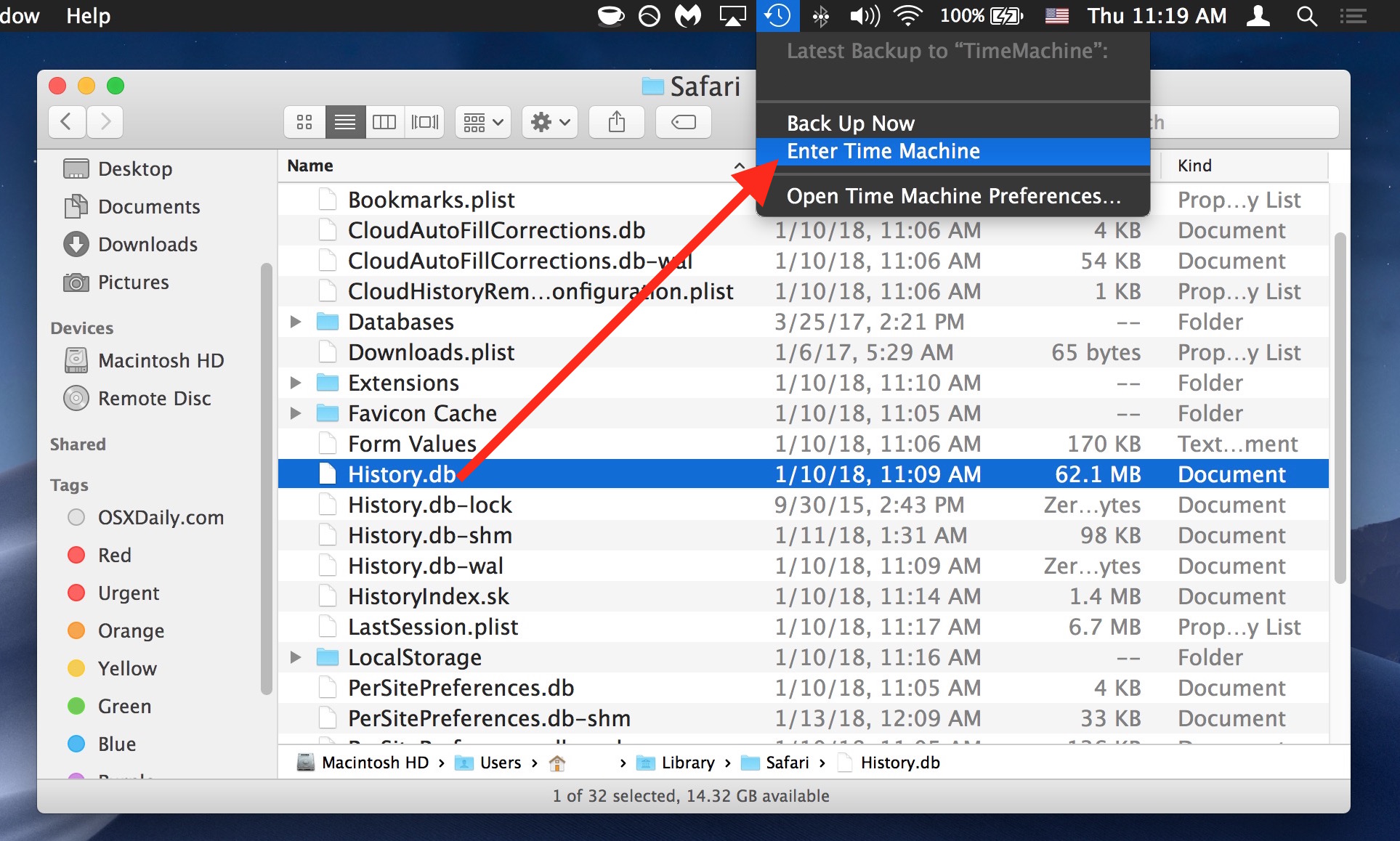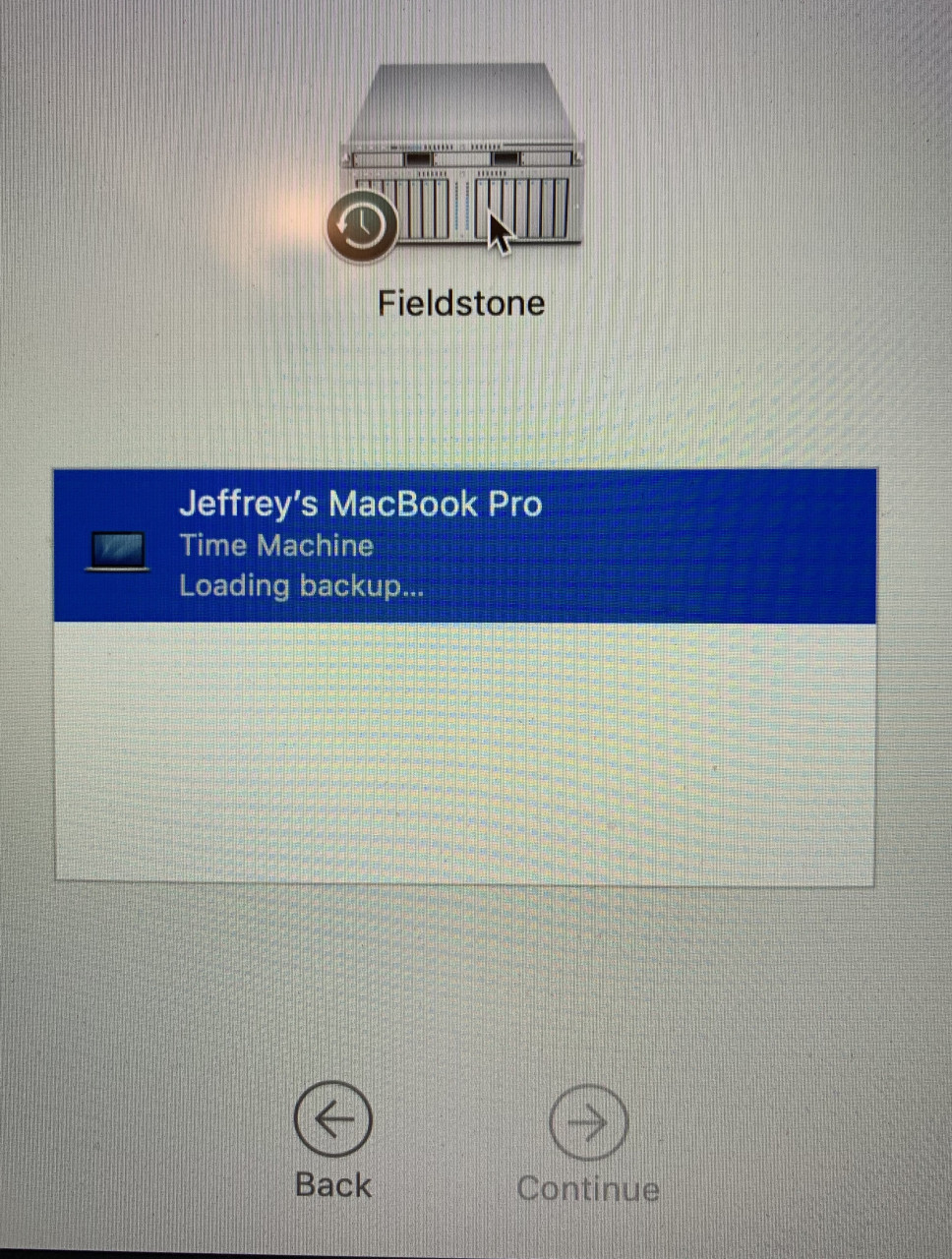There is a LOT of messages in the file, and the log entries from different applications/services etc are interspersed. If you have a Time capsule, some entries will have 'Time Capsule'appearing as in them, but they are not the only entries related backups. The workhorse of the actual backup is something called the backup daemon - appearing as 'backupd' in the log file.
You can search the log for relevant entries and see if there are any clues.
Below are the log entries from one of my machines initial successful backup:
Log of a successful initial backup
Jun 6 18:31:01 livy fseventsd41: log dir: /Volumes/Backup of livy/.fseventsd getting new uuid: 3F939294-8F0D-493B-956B-FFB2CC5B5334
Jun 6 18:31:01 livy /System/Library/CoreServices/backupd125: Disk image /Volumes/Time Capsule Disk/livy_001b632ffd76.sparsebundle mounted at: /Volumes/Backup of livy
Jun 6 18:31:01 livy /System/Library/CoreServices/backupd125: Backing up to: /Volumes/Backup of livy/Backups.backupdb
Jun 6 18:31:01 livy /System/Library/CoreServices/backupd125: Ownership is disabled on the backup destination volume. Enabling.
Jun 6 18:31:01 livy /System/Library/CoreServices/backupd125: Event store UUIDs don't match for volume: Macintosh HD
Jun 6 18:31:03 livy /System/Library/CoreServices/backupd125: Backup content size: 88.8 GB excluded items size: 48.0 GB for volume Macintosh HD
Jun 6 18:31:03 livy /System/Library/CoreServices/backupd125: No pre-backup thinning needed: 48.97 GB requested (including padding), 879.05 GB available
Jun 6 18:31:03 livy /System/Library/CoreServices/backupd125: Waiting for index to be ready (906 > 0)
Jun 6 18:31:18 livy /System/Library/CoreServices/backupd125: Waiting for index to be ready (909 > 0)
Jun 6 20:55:47 livy /System/Library/CoreServices/backupd125: Copied 226484 files (34.7 GB) from volume Macintosh HD.
Jun 6 20:55:53 livy /System/Library/CoreServices/backupd125: No pre-backup thinning needed: 543.2 MB requested (including padding), 841.58 GB available
Jun 6 20:56:27 livy /System/Library/CoreServices/backupd125: Copied 366 files (4.0 MB) from volume Macintosh HD.
Jun 6 20:56:30 livy /System/Library/CoreServices/backupd125: Starting post-backup thinning
Jun 6 20:56:30 livy /System/Library/CoreServices/backupd125: No post-back up thinning needed: no expired backups exist
Jun 6 20:56:30 livy /System/Library/CoreServices/backupd125: Backup completed successfully.
Jun 6 20:56:36 livy /System/Library/CoreServices/backupd125: Ejected Time Machine disk image.
Jun 6 20:56:41 livy kernel[0]: AFP_VFS afpfs_unmount: /Volumes/Time Capsule Disk, flags 0, pid 511
Jun 6 20:56:41 livy /System/Library/CoreServices/backupd125: Ejected Time Machine network volume.
Safely deleting these files and “cleaning up” Time Machine may fix any issues you’re having with backups. To do this, you’ll need to first turn Time Machine off: Open System Preferences and go to the Time Machine tab deselect Back Up Automatically. Next, clean up Time Machine’s working files: Open Finder. Go to your external hard drive. Mar 27, 2020 Time Machine backups is a powerful and useful feature every Apple users prefer to secure their personal and professional data. Being a developer, I regularly commit my code to BitBucket for backups and to safeguard personal files and memories; I use Time Machine backup every week.
Jul 11, 2008 12:54 PM
Time Machine is such an incredibly useful tool and so easy to use that everyone should be using it to back up their Mac. Not only will it bail you out if the worst happens and you need to delete your boot drive reinstall macOS from scratch, but it allows to recover individual files that you may have accidentally deleted or modified.
In this article, we’ll show you a couple of ways to delete Time Machine backups when you need to free up space. But before we do, it’s worth recapping how Time Machine works so we know what we’re going to delete. Wp cron exploit.
How Time Machine works
Time Machine backs up everything on your Mac by default. However, when you set it up, you can specify folders, such as, say, your Downloads folder, to omit from the backup. You can also specify where the backup should be stored. When Apple launched Time Machine, it also launched a network storage system called Time Capsule to make it easy for MacBook users to back up wirelessly. And makers of network-attached storage devices added support to those for Time Machine. However, Apple no longer sells the Time Capsule and recommends only directly attached storage drives for use with Time Machine. So the chances are, you’ll be backing up to a USB hard drive or SSD.
The first time Time Machine backs up your Mac, it copies everything, except the folders you’ve excluded, to the backup drive and saves it as a sparse disk image. After that, it backs up your Mac every hour, copying only those files that have changed since the last backup. It keeps every hourly backup for 24 hours, then one backup per day for the previous month, and one backup per week from every month before that.
As you can see, once you’ve been using Time Machine for a while, the size of the backup will grow. When you start to run short of space, Time Machine will ask you if you want to delete backups. However, you may want to free up space before then, here’s how to do that.
To perform a manual backup, click the Time Machine’s menu bar icon and select Back Up Now, or hold Ctrl and the icon for your backup drive and select Back Up Now. Your system is then backed up in. A general 'rule of thumb' is, to keep a reasonable 'depth' of backups, Time Machine needs 2 to 4 times as much space as the data it's backing-up (not necessarily the entire size of your internal HD). Be sure to add the size of the data on any other drives/partitions you want to back up. But this varies greatly, depending on how you use your Mac.
Note: If you want to free up space on your Time Machine disk so that you can use it to store other data, don’t. It’s good practice to have one dedicated disk for Time Machine. If you use the disk for other things, you increase the chance of it failing. And if that happens, you’ve lost your backup.

How to delete old Time Machine backups
Here’s how to delete Time Machine backups from an external hard drive using the Time Machine app itself. You can use the same method to remove them from a network drive.
- Make sure your backup drive is connected to your Mac.
- Launch Time Machine from the Finder menu bar.
- Navigate to either Macintosh HD (or whatever you’ve re-named it) or to your user Home folder and scroll back to the point in time where you want to start deleting backups (Tip: you can use the arrows to the right of the Finder window or two fingers on your trackpad to scroll through backups).
- Once you’ve located the most recent backup you want to delete, right-click on the Finder window, or click the gear icon in the Finder window toolbar.
- Choose “Delete all backups of…” from the menu.
- Type in your admin username and password.
- Once Time Machine has deleted the backups, manually start a new backup.
There is another way to manually delete Time Machine backups, using Terminal and the tmutil command. It should only be used if you’re comfortable with a command-line interface. If not, use the method above. As with all Terminal sessions, you should back up all your data immediately before you start and makes sure you follow the instructions carefully, typing the commands exactly as they appear.
- Launch Terminal from Applications > Utilities.
- To see a list of all backups, type: tmutil list backup.
- You will now see a list of all the backups made by Time Machine, listed by date.
- Locate the backup you want to delete and type: sudo tmutil delete followed by the path to the backup as displayed in when you used the list backup command. So, for example: /Volumes/KennyTimeMachine/Backups.backupdb/MacintoshHD/YYYY-MM-DD-HHMMSS/ — where ‘KennyTimeMachine’ is the name of your Time Machine backup volume, ‘MacintoshHD’ is the name of your Mac, and ‘YYY-MM-DD’ is the date of the backup
Renesas others driver download. If you’re comfortable using wildcards in Terminal, you can specify multiple backups to delete at once.

Deleting Time Machine snapshots
In addition to deleting Time Machine backups, you may need to delete snapshots sometime. Snapshots are created whenever Time Machine wants to run a backup but can’t connect to the backup drive. The snapshot is saved on your boot drive until Time Machine can connect to the backup drive again. The snapshot files should be managed automatically and deleted when they are no longer needed. For example, Apple says they are deleted once you connect to your backup drive or if that doesn’t happen, once they reach a certain age. It also doesn’t create snapshots if it would cause a drive to have less than 20% spare capacity.
But there have been cases where Mac users have noticed that this hasn’t happened and the snapshots are occupying tens of gigabytes of space on their drive. So, here’s how to delete snapshots manually, again using Terminal and tmutil
- Launch Terminal
- Type: tmutil listlocalsnapshots /
You will see a list of snapshots with names like “com.apple.TimeMachine.2018-12-15-002010” - To delete a specific snapshot, type, or copy and paste: sudo tmutil deletelocalsnapshots then the date of the snapshot you want to delete, so that it looks like this: tmutil deletelocalsnapshots 2018-12-15-002010
- You should see: Delete local snapshot '2018-12-15-002010' in the Terminal window. This means the snapshot has been successfully deleted. You will need to repeat step 3 for every snapshot you want to delete, changing the date portion of the command each time.
- If you want to prevent Time Machine from making local snapshots altogether, type: sudo tmutil disablelocal
How to delete Time Machine snapshots the easy way
If the methods of deleting Time Machine snapshots seem complicated, you’re in luck. CleanMyMac X has a tool that will do it for you in a few clicks.
- Download CleanMyMac X for free here.
- Launch the app.
- Click Maintenance tab.
- Choose Time Machine Snapshot Thinning.
- Click Run.
Time Machine Backup Failed
That’s it! Ezra and ally anderson. Once you reduce the size of your Time Machine backups, try out other tools in CleanMyMac X to clean, speed up, and protect your Mac.
Time Machine Website
Whether you want to delete a complete set of Time Machine backups or just local snapshots, there are a number of ways to do it. The most complex, but also the one that gives you the most control, is to use tmutil in Terminal. As always, take great care when you use Terminal. You can also delete backups, though not snapshots, using Time Machine itself. The easiest way of all, however, is to use the Time Machine tool in CleanMyMac X. And while you’re there, you can use other tools in the System Junk utility to free up more space.
Time Machine Backup External Drive
These might also interest you:
